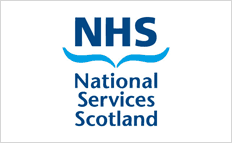Sending samples
Sample Collection and Handling
For several micronutrients there are potential problems of stability and/or contamination. Vitamins A, E, B2 and B6 for example are light sensitive, and vitamin C, which is very labile, requires special handling within 4 hours of sample collection. Small amounts of certain trace elements are present in glass, rubber, cork, and pigmented plastics and can cause contamination. Aluminium, lead and zinc for example should be collected into all-plastic containers and those with lid inserts or rubber O-rings should be avoided. Some batches of gel tubes are contaminated with trace elements, so this type should also be avoided. Special trace element blood tubes are available from Becton Dickinson and Greiner.
Ideally a fasting sample should be collected, especially if the patient is receiving oral or parenteral supplementation. If this is not possible, sample should be taken at least 8 hours post treatment for patients receiving oral supplementation or total parenteral nutrition.
For urine, water samples and dialysate fluids the best container is a 25 mL Universal container with no lid insert.
For more details on precautions to take, see the relevant page on individual trace elements and vitamins.
Postal address for mailing samples
Department of Clinical Biochemistry
Macewen Building
Glasgow Royal Infirmary
Castle Street
GLASGOW
G4 0SF
Most samples can be mailed at ambient temperature by first-class post to the above address. Please ensure samples are sealed in plastic bags or mailing containers and are adequately protected for transit (e.g, by a padded envelope); check in the specific trace element and vitamin pages.

